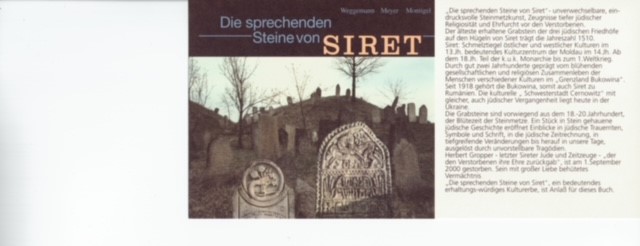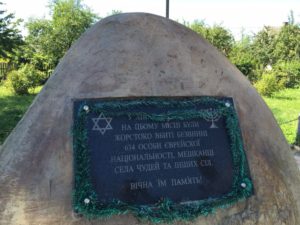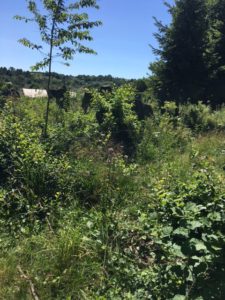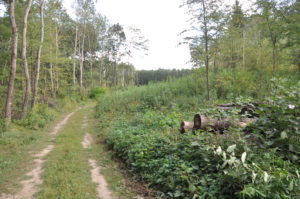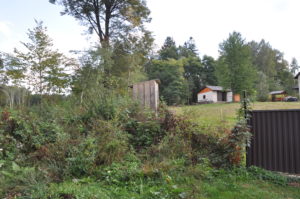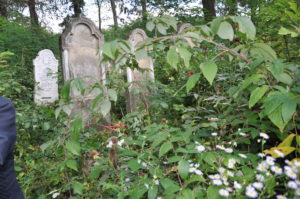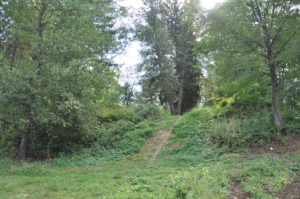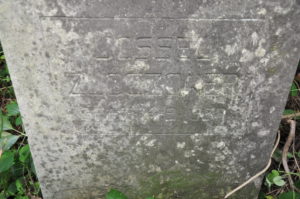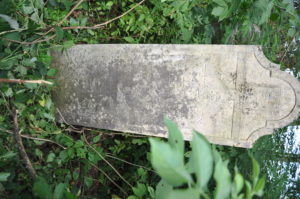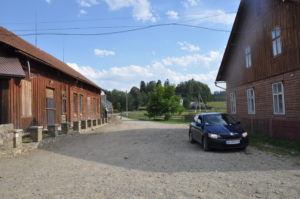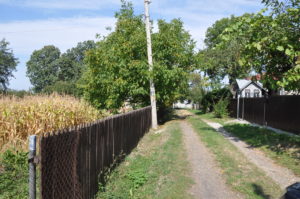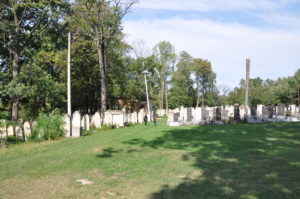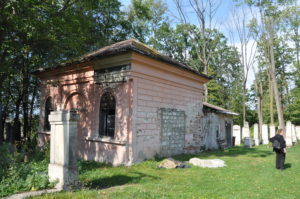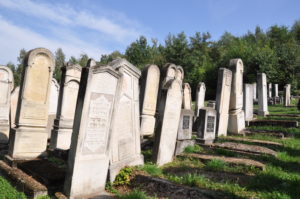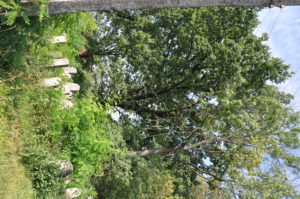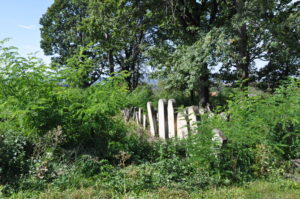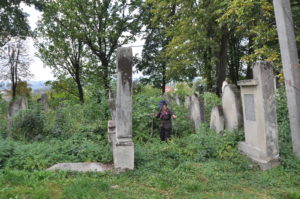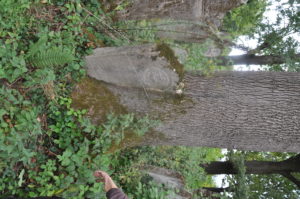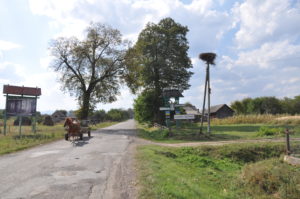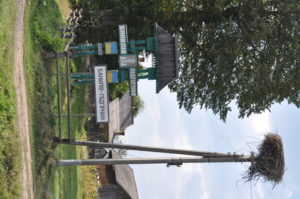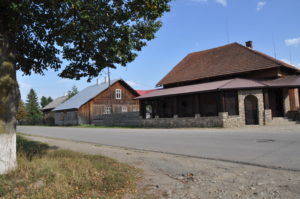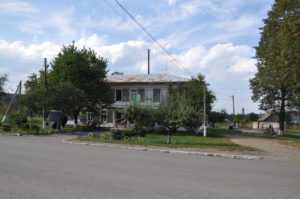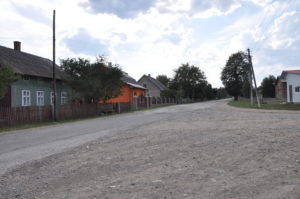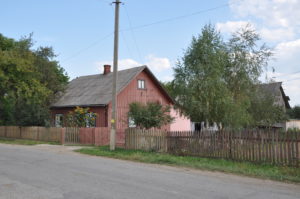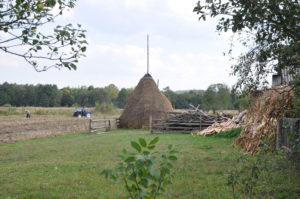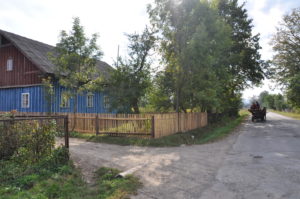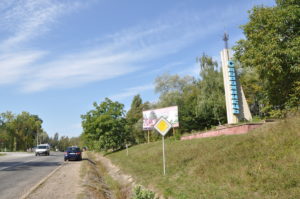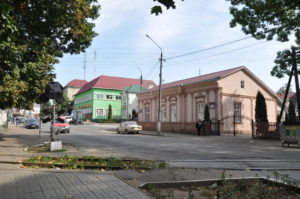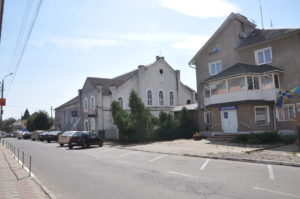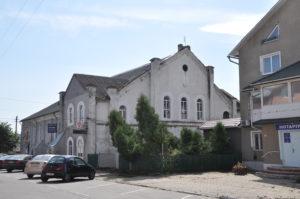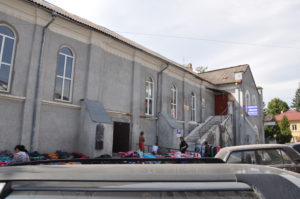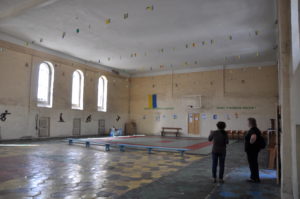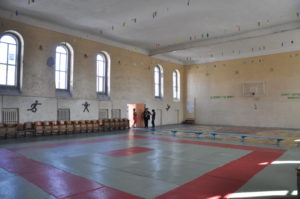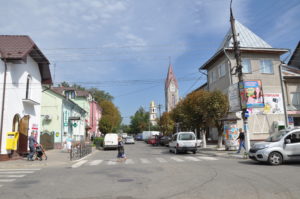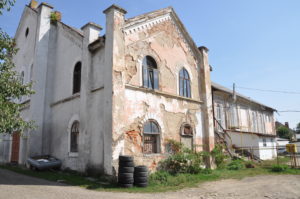Please see hereafter the picture from the event.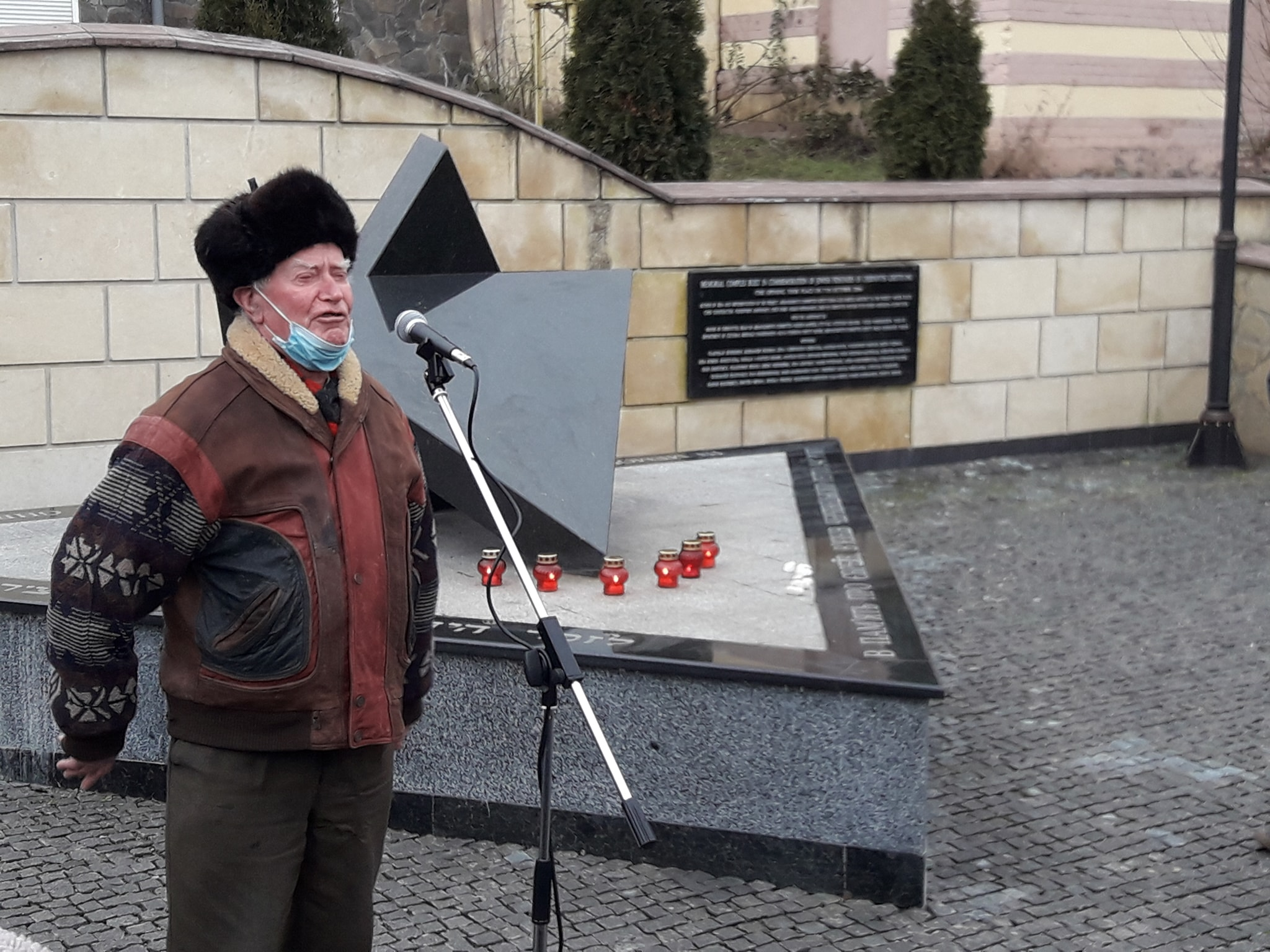
Author: Baruch Eylon
The speaking stones of Siret – by Dr. Thomas Weggemann
This book by Dr. Thomas Weggemann concentrates on the cemetery of Sereth/Siret. It is called ”Die Sprechenden Steine von Siret” – “The speaking stones of Siret” with stories about it. Its International Standard Book Number is ISBN3-902249-01-3.
www.dr.weggemann.at/siret.htm ISBN 3-902249-01-3
The Table of Content of the book and its cover page are shown below.
Ordering the book: Dr. Thomas Weggemann,
A 6700 Bludenz, Werdenbergerstr. 47, Austria.
email: thomas.weggemann@aon.at

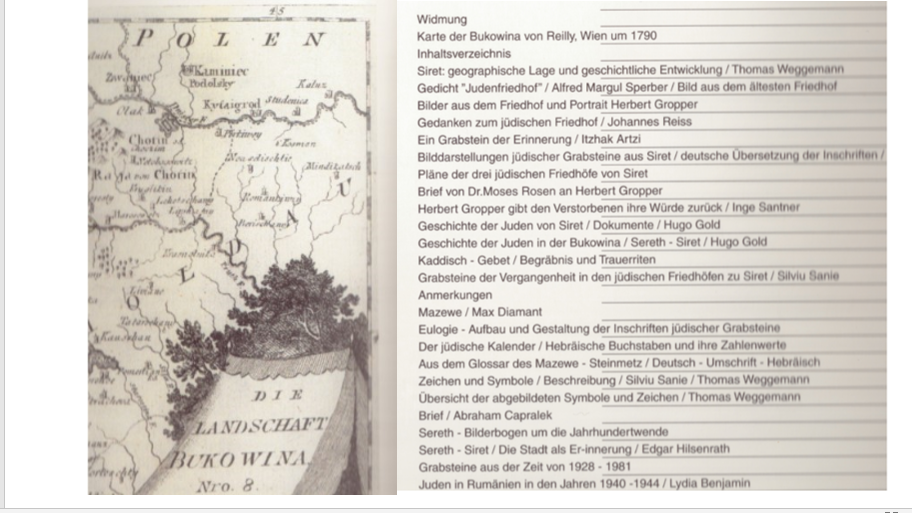
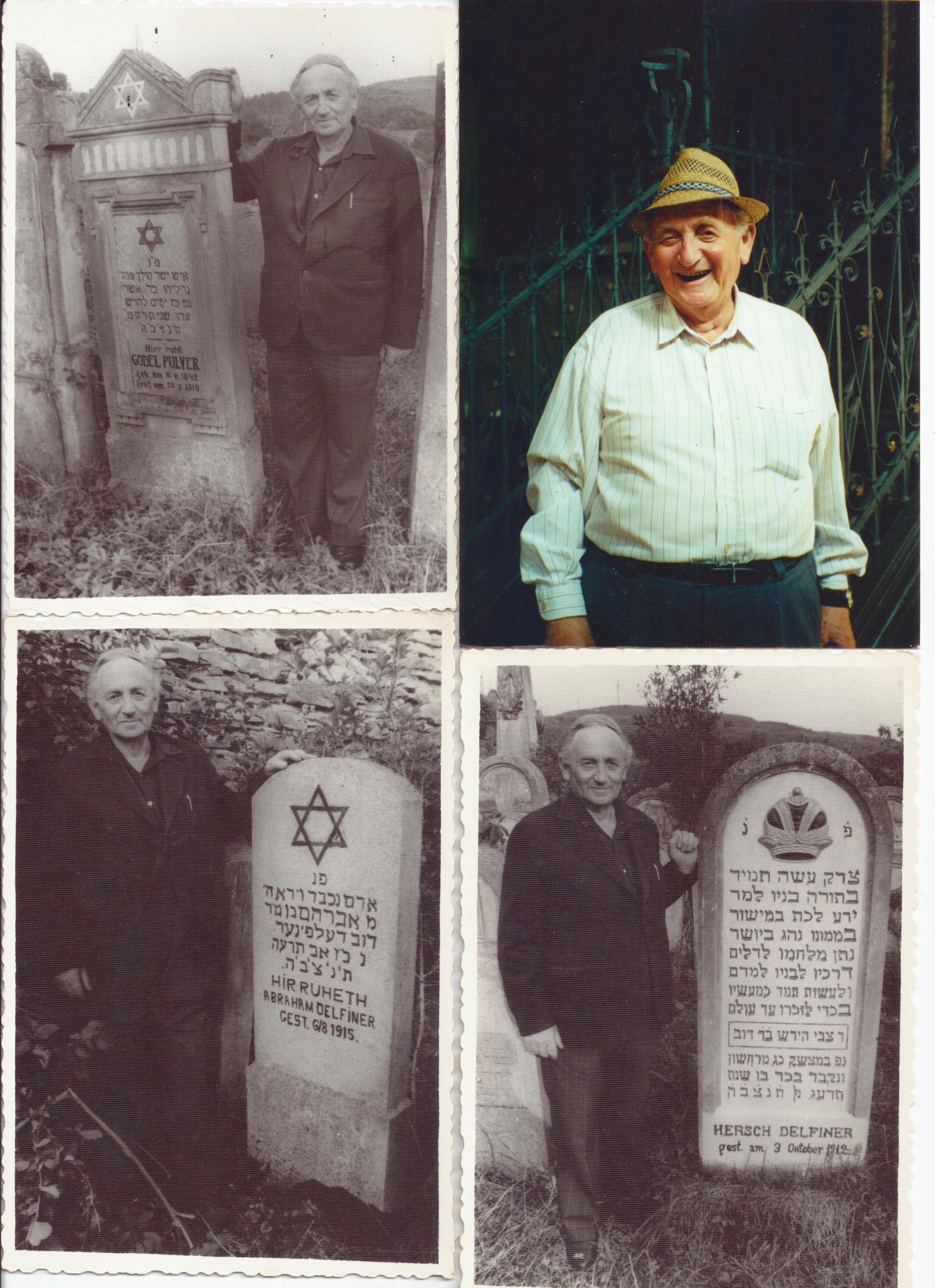
Suceava – Cemetery and School Projects by Dr. Lily Pauker
Dr. Lily Pauker’s family is from Suceava, Bukovina, Romania. To preserve her family’s memory and that of the Jewish community she performed several projects, which are provided here as PPT and Video clips.
Here it is:
1. Cemetery Project Video – https://www.youtube.com/watch?v=BrBZ47zLYq0&t=14s (Hebrew speaking)
2. Cemetery Project PPT – http://www.eylonconsulting.com/bukovina/blog/wp-content/uploads/2020/02/FINAL-FINAL-LILY-CIMITIRUL-DIN-SUCEVA-1.pdf
2. School Project – https://www.youtube.com/watch?v=CQI_q2OYaI8&t=25s (Speaks Romanian)
3. The holocaust of Suceava Jews – https://www.youtube.com/watch?v=BrBZ47zLYq0&t=282s
Many thanks to Mrs. Lily Pauker for all her efforts and dedication.
Written by Baruch Eylon 20.2.2020
Monument of the Verkhni Petrivsti (פטראוץ) Synagogue by Joel Fox Jerusalem, Israel 6/2019
My fatehr and I traveled to Verkhni Petrivsti (פטראוץ) Ukraine in June, 2019. We were led by local villagers to a monument on the site where the synagogue stood. The monument is behind a cement wall in the back yard of a private residence. It cannot been seen from the road and its existence is not known to all the villagers.
The estimated coordinates of the monument are 48.046885,25.744063 .
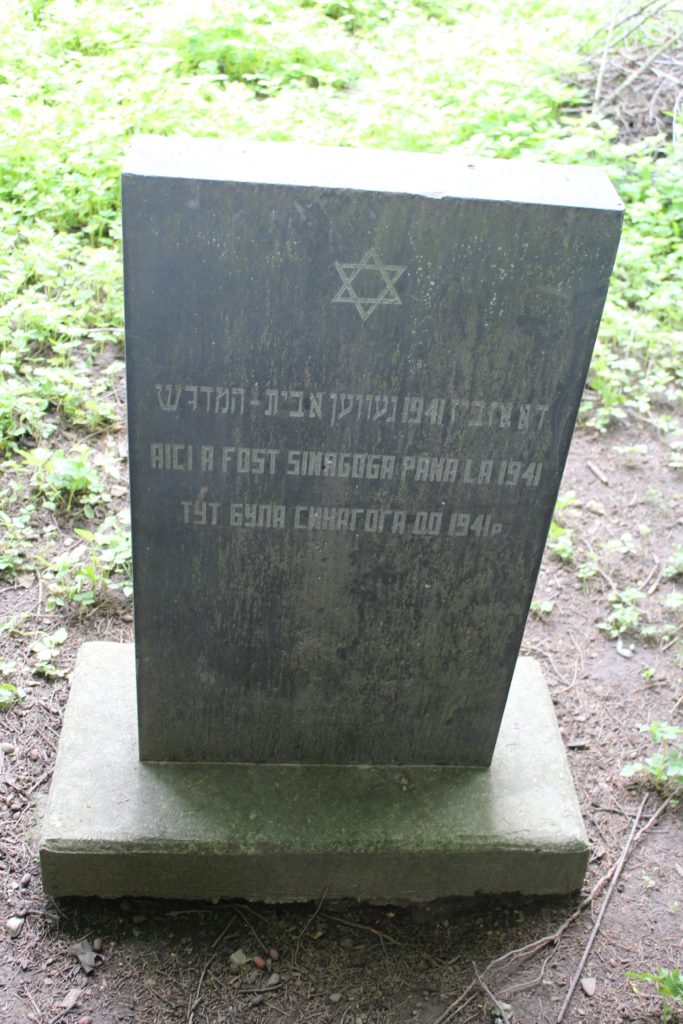
Tzibulevka mass graves by Joel Fox Jerusalem, Israel 6/2019
My fatehr Moshe and I traveled to Tzibulevka, Ukraine June, 2019. There are at least 3 momuments/memorials placed on 3 mass graves. Their coordinates are as follows: 48.383201,29.063554 , 48.377815,29.123555 , 48.394636,29.054917 .
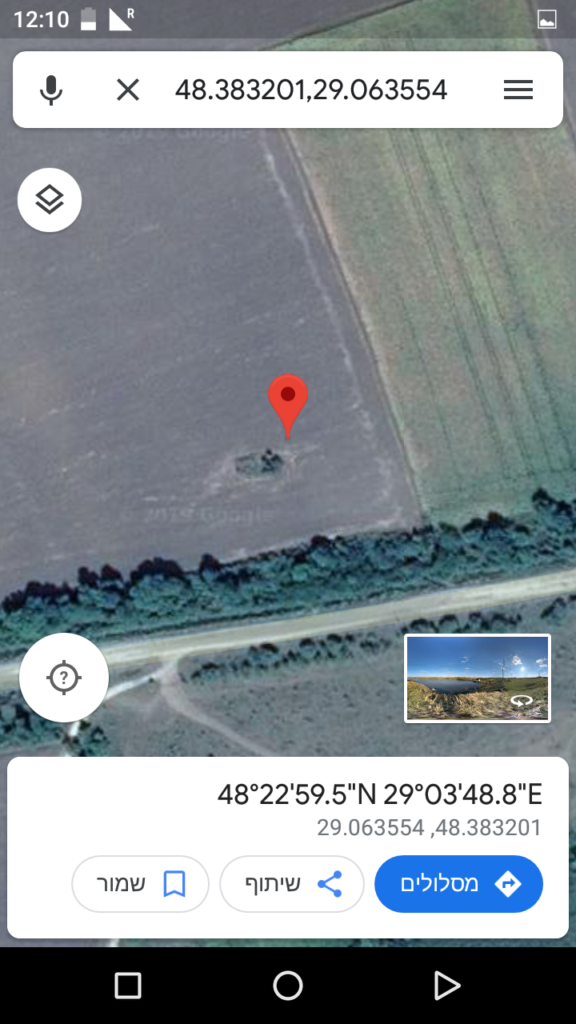
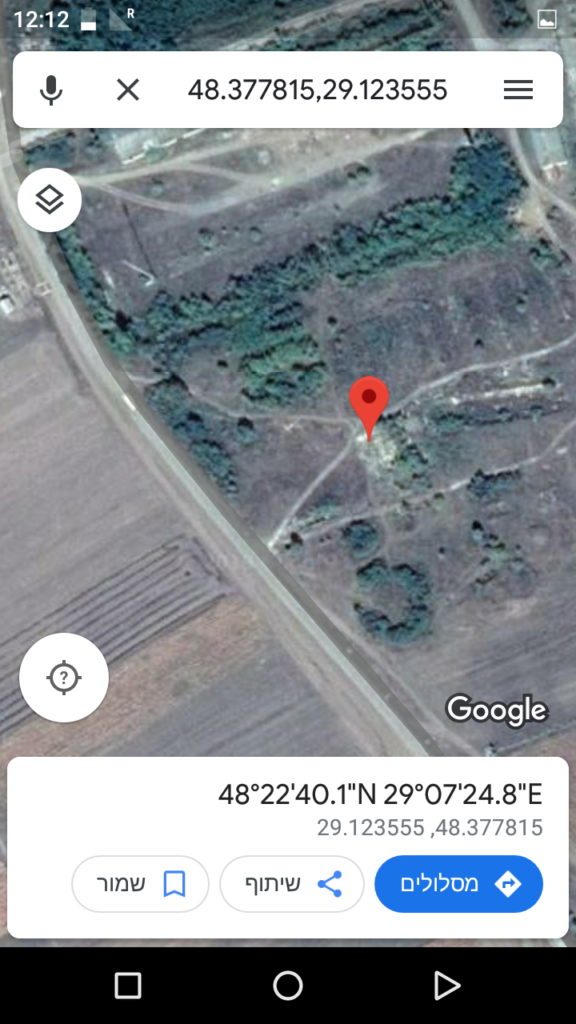
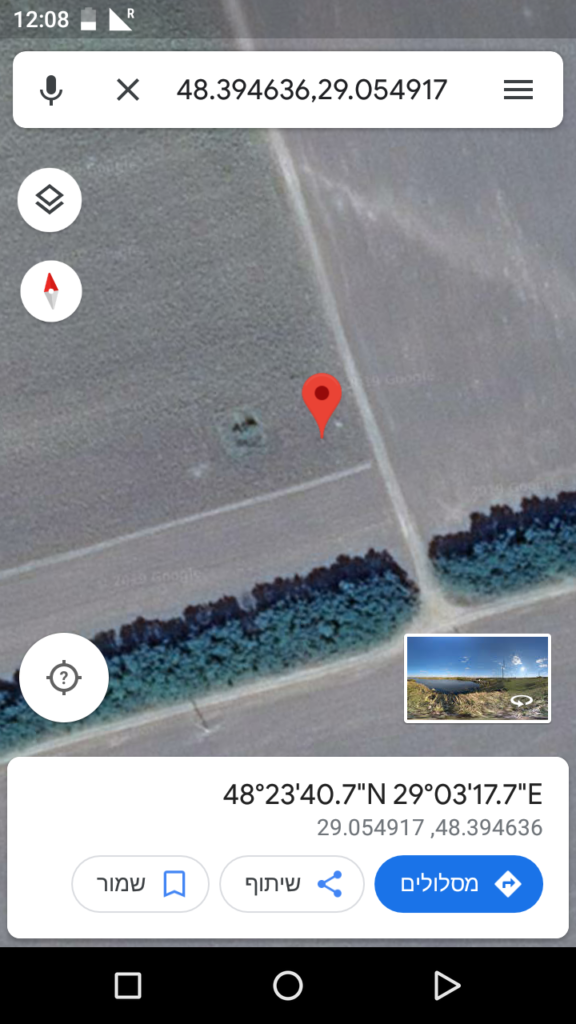
Looking at sattelite images through Google maps you will notice a small patch of trees in the middle of vast fields near the coordinates above. The monuments are between those trees. for more details regarding the sites please contact me – Joel Fox – foxisus@gmail.com .
Jewish cemetery of Chudei – Joel Fox, Jerusalem, Israel 6/2019
My father and I traveled to Chudey Ukraine in June, 2019. The cemetery has been fenced by ESJF – see: https://www.esjf-cemeteries.org/project/chudey/. I documented about 200 headstone that are now available on the JOWBR database. See https://www.jewishgen.org/databases/cemetery/jowbrshow.php?ID=UKR-08332
Here is the list of the headstones
Partial list of Inhabitants of the Storojinets Ghetto in August 1941 – by Naftali Zloczower – 6/2019
Naftali Zloczower, Kibbutz Kfar Charuv, Israel
In September 2017, my wife, Nava, and I made a roots trip to Bukovina, including Storojinets (Storozynets), the hometown of my parents and grandparents. The trip was enlightening, exciting, moving and inspiring.
One of the top highlights of the trip was our visit in the Czernowitz Archives (State Archives of Chernivtsi Oblast). We were presented with cardboard files containing listings of the inhabitants of the Storojinet Ghetto in August of 1941, shortly after the Jewish Ghetto was established by the Romanian fascists in July, and shortly before all these Jewish residents were marched and hauled to the camps of Transnistria in October-November.
We had very limited time to go over the many pages of listings, since we arrived close to the closing hour of the archives. Even though we were allowed to stay a little longer than the official closing time, we were under pressure and were not able to view all the lists (at the last minute they brought to us the files from my great grandparents’ village, Banila, but we did not have the time to even open the files).
As we quickly went over the files, looking for familiar names, we found the names of almost all my relatives who were in the Ghetto at that time. Using my camera, I photographed only pages containing last names that looked familiar to me (relatives and family acquaintances). Even though the pages I photographed included only part of the many pages of listings, they contained many names of Ghetto residents.
I decided to compile and prepare a printed list of the residents appearing in the photographed pages, not realizing what a difficult task I took on myself. The lists were hand-written by different clerks, each with his/her personal handwriting. The language of the listings was Romanian, and some of the scripts were unfamiliar to me.
Not being a doctor or a teacher, who are used to reading barely legible or illegible scribblings, it was very difficult for me to decipher many of the names and words. Street names and names of towns changed since 1941, so it is difficult to check these out. There were different spellings to the same names, making it even more difficult to decipher them. To add to the difficulties, some of the photographed pages were not in perfect focus, making the names even more illegible.
It was extremely difficult to decipher the names of people, streets, towns, and regions, but I used different means and methods in trying to accomplish this. I think I was successful in deciphering many of the illegible names, but I am sure there are still many mistakes in the list I compiled.
The city of Storojinet, the second largest in Bukovina in 1941, was and still is the administrative center of the County of Storojinet. The original lists give the names of the town/city and county or region where each of the listed people was born. In my lists, for people born in towns in Storojinet County, I just wrote the name of the town.
For people born in towns/cities not in Storojinet County, I wrote the name of the town/city and, in parenthesis, the name of the county or region where they were born.
The original lists showed the age of each person, and I added to the age the calculated approximate year of birth (1941 – age = year of birth). I also marked known relatives and family acquaintances.
In this document, I include a photographed copy of one of the original pages, as a sample page, and translations of the Romanian column headings of the original table.
If you wish to have a copy of an original page containing specific names, please write to me ( nzlo@outlook.com ) and I will send you a copy.
Chudei Jewish Memorial and Cemetery – provided by Philip Moses of Vancouver, Canada – 6/2018
This post documents the site at Chudei, (also known as Ciudin by the Jews in 1940) Ukraine (formerly Romania) based on a visit by me, Philip Moses of Vancouver, Canada and my brother Richard Moses of Ottawa, Canada on May 10, 2018.
There is a memorial on the site of the mass murder, located about a block or two from the town centre, next to a Primary School.
We were transported by 2 guides, originating In Suceava Roumania and driving to the border where we walked into Ukraine and met a Ukrainian driver. The border has long waits and therefore the idea to walk across the border both ways.
The road from Storozhynets direction is in much better shape, and although Google shows the more direct route as shorter time-wise, it is in very bad condition and actually takes longer. So, we recommend the longer route.
Not far from the centre of the village is a school for young children. Just behind the school there is a playground and next to it is a large memorial with a base in the shape of a Magen David.
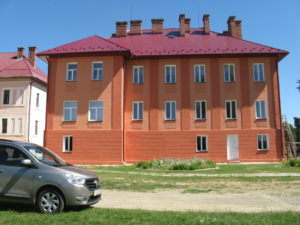 The school. In 1941 – courthouse and jail
The school. In 1941 – courthouse and jail
In that school site, in 1941 there was a courthouse and jail. Sometime between July 3-5, 1941, the 650 Jews of the town were locked into the main jail. Then our grandfather, aunts and uncles and cousins were shot and thrown into a mass grave behind the building.
My father Asiu Moses was hiding in the woods and escaped. His full story can be found at https://www.jewishgen.org/yizkor/Chudyn/chu001.html
The original Jewish cemetery of Chudei is out of the village along the road, in the same direction from town as the memorial, a kilometre or two opposite to the Christian cemetery. It is very overgrown and many of the tombstones would require a large cutting tool to chop down the overgrowth. The writing on many of the stones is difficult or impossible to discern. Many are in better shape and identifiable.
Banila Czernowitz Ropcha and Storozhinetz [Eng] – 9/2017 – by Naftali Zloczower
Roots trip to Bukovina
My name is Naftali Zloczower, and both my parents, Dvora (Dora) Schneider Zloczower and Menachem (Maniu) Zloczower, were born, raised, and lived in Storojinets (Storozhynets), Bukovina (today in Ukraine), until the second world war, as did many members of my family and relatives.
In September of this year, 2017, my wife, Nava and I took a roots trip to Bukovina, visiting Czernowits (Chernivtsi), Storojinets, Banila (Banyliv-Pidhirni) and Rupcze (Ropche). We visited Lvov (Lviv) and Zloczow (Zolochiv – probably the source of my family name), but they are in Galicia, and not in Bukovina.
In Chernivtsi, we visited the archive and were presented with 3 files of Romanian records listing Jews who lived in the Storojinets Ghetto in August 1941, before they were herded away to the Transnistria camps. When time ran out, just before closing time, a file with records from Banila was brought to us, but, even though we were allowed to stay after the normal closing time, we did not have enough time to go over the Banila file. In the Storojinets files we found listings of all the members of my mother’s family, including my mother, her sisters and brother, and her parents, as well as listings of many other family members, relatives, and acquaintances. I photographed pages that included names of relatives and familiar last names.
In Storojinets, we found the house of my mother’s family and, we are pretty sure, the house of my father’s family. We also found and photographed the Great Temple on what was Temple Gasse, and the school were my mother and aunts learned.
We visited the Jewish cemeteries in Stotojinets and in Banila, In Banila, we found my great-grandfather, Yossel Zloczower’s grave and the grave of his brother (most probably), Peretz Zloczower, whom I did not know before. In the Storojinets Cemetery we found graves of my maternal great-grandparents, Abraham and Scheindel Schneider, and graves of quite a few family members and relatives. I photographed tombstones with familiar last names.
I wrote a report of our roots trip in Hebrew, and I will write one in English, as well.
See below the link to the trip report.
See below pictures from Banila Cemetery:
The house nearby and the trail to the cemetery.
The tombstones peeping from the bushes
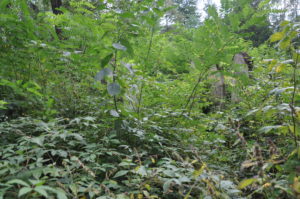
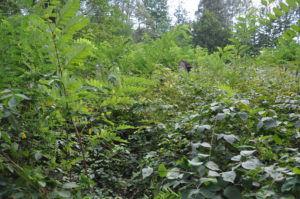
Tombstones and Zloczower family members tombstones
Pictures from Storozhynetz Cemetery
Pictures from Banila
Pictures from Storozhynets
The old synagogue… serves now as a gym… better than previously being a gypsy market…
Banila Czernowitz Ropcha and Storozhinetz [Heb] – 9/2017 – by Naftali Zloczower
שמי נפתלי זלוצ’ובר ושני הוריי, מנחם זלוצ’ובר ודבורה (דורה) שניידר זלוצ’ובר נולדו וגדלו בסטרוז’ינץ עד מלחמת העולם השנייה. משפחת סבי, אביו של אבי מבנילה ומשפחת סבתי, אם אמי, רוזה הולינגר מרופצ’ה. כך שכל משפחתי, בדורות האחרונים, ממחוז סטרוז’ינץ בבוקובינה.
בספטמבר האחרון (2017) אשתי, נאוה, ואני ערכנו טיול שורשים בצ’רנוביץ, בסטרוז’ינץ, בבנילה וברופצ’ה. בארכיון בצ’רנוביץ גילינו שנמצאים שם תיקים בהם רשימות של יהודי בוקובינה, כל ישוב בנפרד, אשר הוכנו על ידי הרומנים הפשיסטים אחרי כיבוש מחדש של בוקובינה מהרוסים, אחרי הקמת הגטאות, ולקראת הובלת יהודי בוקובינה למחנות טרנסניסטריה. בשלושה תיקים של רשימות יהודי סטרוז’ינץ מצאנו רשומים של אמי ומשפחתה ורבים מבני משפחתי וקרובי משפחה שנלקחו לטרנסניסטריה. צילמתי את הדפים בתיקים שהכילו שמות של בני משפחה ומכרים וגם כאלו של בעלי שמות משפחה זהים לשמות בני משפחתנו הרחבה ומכרים.
ביקרנו גם בבתי העלמין היהודים בבנילה ובסטרוז’ינץ. בבנילה מצאנו את קברו של סבא-רבא שלי יוסף זלוצ’ובר ושל אחיו, שלא ידעתי על קיומו, פרץ זלוצ’ובר.
בבית העלמין בסטרוז’ינץ מצאתי את קבריהם של סבא –רבא וסבתא-רבתא שלי, אברהם שניידר ורוזה שניידר לבית הולינגר, כמו גם קברים של בני משפחה אחרים ומכרים.
הכנתי את הדו”ח המצורף ושלחתי אותו לבני משפחתי ומכרים שנמצאים בארץ, כולל דודתי, אחות אמי, ציפורה שניידר שטרן, ובן דודה של אמי, ישראל דורון שניידר, אשר שמותיהם מופיעים בתיקי ארכיון צ’רנוביץ והם עדיין נמצאים אתנו ופעילים.
יש לי צילומים רבים של דפי רשימות היהודים מארכיון צ’רנוביץ, תמונות מבתי הקברות, כולל תמונות של מצבות שניתן לקרוא את החרוט עליהן, ותמונות כלליות מצ’רנוביץ, סטרוז’ינץ, בנילה ורופצ’ה.
הקישור שלהלן מכיל את סיכום הביקור ותמונות.
תמונות מבית העלמין בבנילה
הבית והשביל המוליך לבית העלמין
מצבות מציצות מבין השיחים
מצבות של בני משפחת זלוצ’ובר
בית העלמין בסטורוזינץ
תמונות מבנילה
תמונות מסטרוז’נץ
בית הכנסת הישן. כעת אולם ספורט, טוב יותר משוק צועני שהיה קודם
